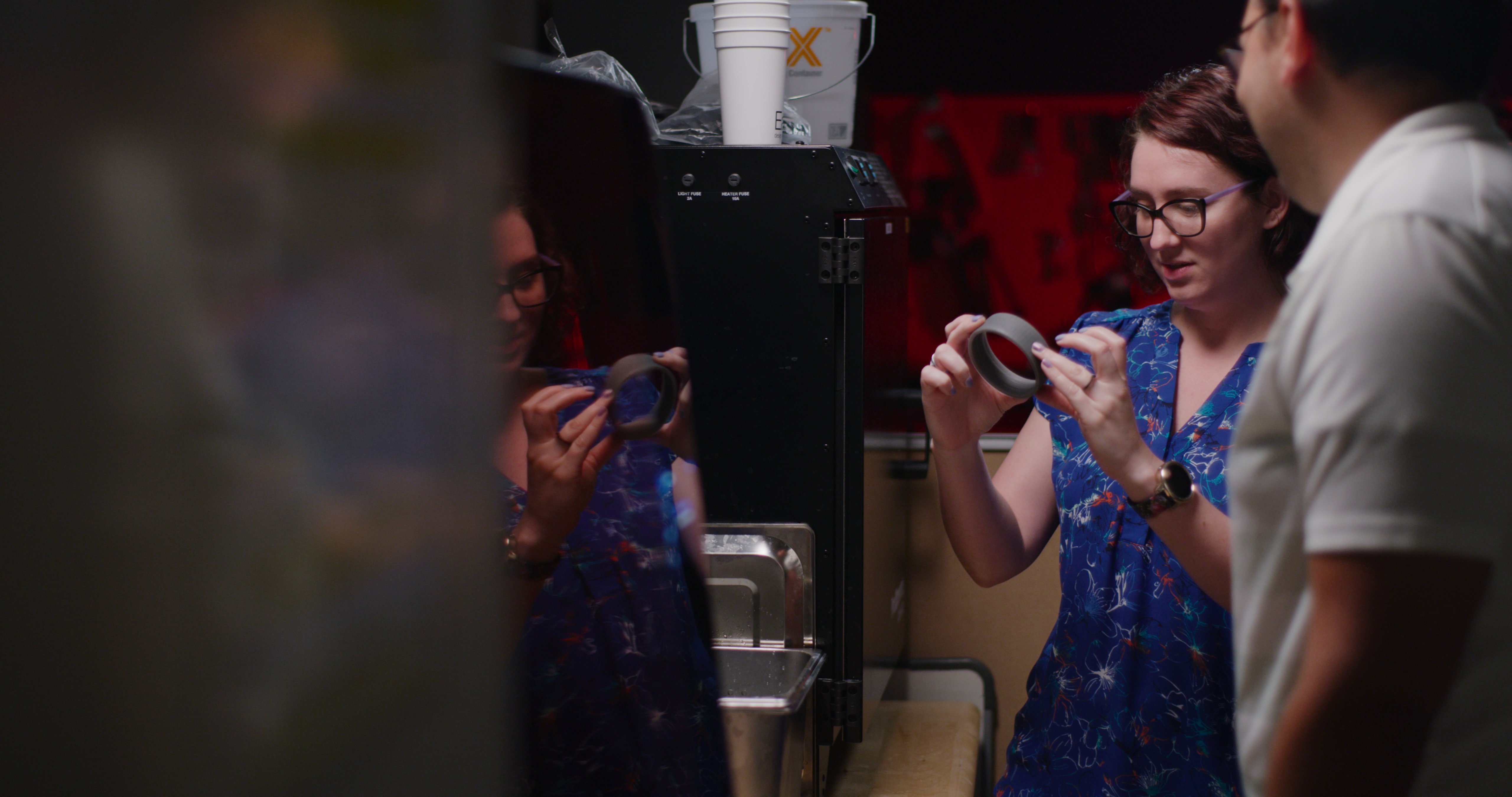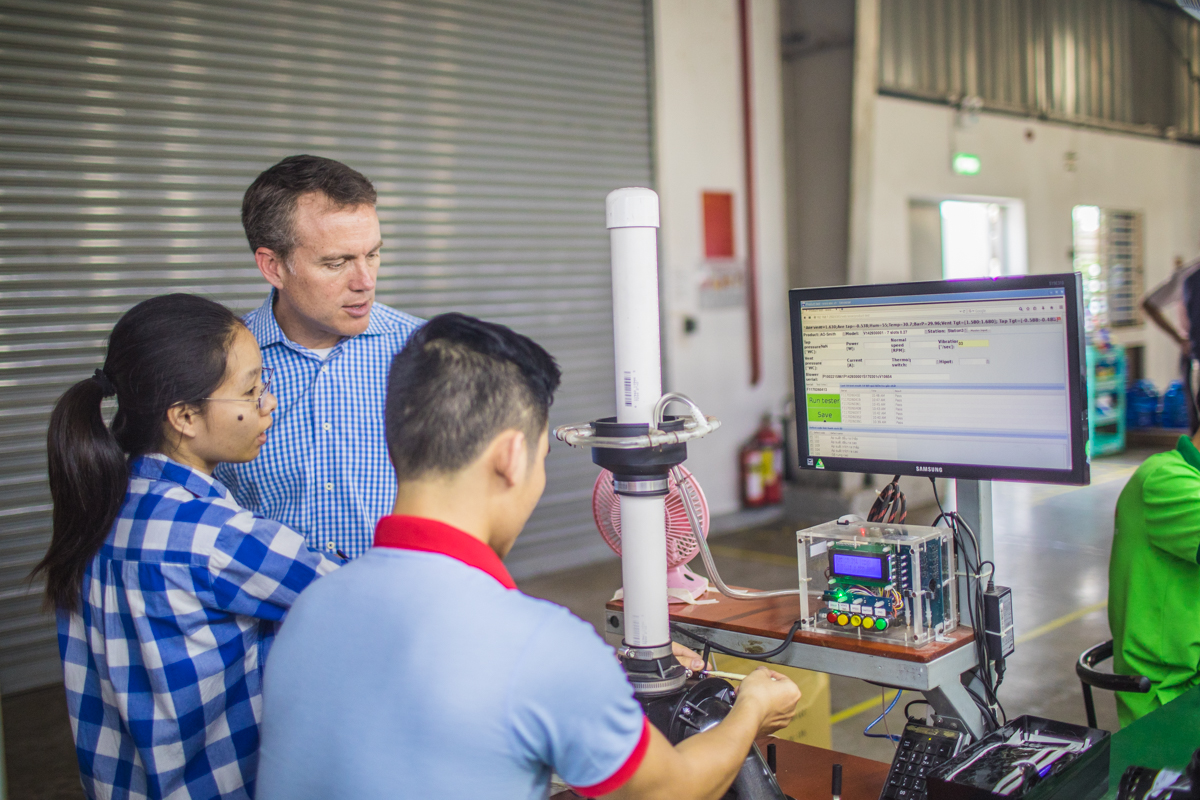What is “New Product Introduction”?
By nature, engaging with a manufacturer is a long-term partnership and as with any relationship, it’s important to get off on the right foot. Often the difference between a good manufacturing partner and a bad one comes down to how successfully new products were launched into production. Was design and engineering intent preserved? Were processes put in place and validated to ensure consistent production quality? Were business needs honored by keeping projects on time, on cost, and on scope?
Manufacturing overseas adds additional complexities and risks as geographic, communication, and cultural barriers can sabotage the product launch process.
This is where a New Product Introduction (NPI) team can make a substantial impact on commercializing a new product.
What Makes a Successful NPI Team?
By nature, an NPI team “straddles the fence” between the iterative, creative development cycle and the detail-focused and process-driven world of mass production. This role depends on a familiarity with the customer's product and business needs as well as a deep understanding of a supplier’s production capabilities. A high functioning NPI engineering team will employ subject matter experts in key processes like injection molding, SMT manufacturing, die casting, and motors and drive systems.
Effective project management and communication are equally important. International manufacturing can be a minefield of organizational issues, and it takes extra diligence to overcome gaps in language, time zones, and visibility. When you’re trying to meet an aggressive project schedule it’s no time to play the telephone game.

Beyond strong professional skills, doing business in Asia depends on good cultural sensitivity and forging strong relationships. Again, this is where an experienced NPI team can pay huge dividends. There is no substitute for time spent on-site, and most NPI resources will have considerable direct experience working hand-in-hand with key partners overseas. These links provide a strong continuum of engineering and project management support across the globe and throughout the product launch process.
You'll want to find a manufacturing partner whose NPI team is based in the United States. Although it is not common, a domestic team will increase responsiveness and drive a greater understanding of product and project requirements within the manufacturing footprint. When you add the ability to adapt to customers’ engineering, quality, and project management practices you get an NPI experience that feels like an extension of your team. You can climb the mountain alone, but it’s much easier and safer to do so with a guide!
Details Matter
Often the most limited resource for NPI projects is time, and it’s very common for the launch schedule to be compressed due to development delays or an acceleration of demand. When considering timelines for product launches, the best results come when the combined project team starts with accurate and detailed deliverables and follows a clearly defined process.
Manufacturing is driven by details, and it is common at the onset of a project to lose time “filling in the blanks” in documentation. This is where a US-based team is so helpful, as they will understand a supplier’s requirements around BOMs, 2D and 3D product data, PCBA data, artwork, etc. A local team can save valuable time by working to identify and resolve missing information and incorporate documentation best practices before this data enters the international feedback loop.
Similarly, much time can be lost by the iterative process of working to resolve DFM feedback. Even the best developed products need changes before being ready for production, and it’s common for development teams to not budget time for revisions after submission to a contract manufacturer. Even if the schedule is tight, it is worth the effort to resolve these issues quickly and effectively to prevent further delays down the road.

Process Drives International Collaboration
Established processes cut through language and time barriers and help keep the collective team aligned. A typical NPI process centers around five key activities:
- Project planning – Even simple NPI projects benefit from robust planning, and unfortunately this is often the most overlooked step in the product launch process. An effective project kickoff will define the scope of work, establish project management expectations, and identify key risks and mitigation plans. Post-COVID supply chain constraints demand that teams immediately identify and begin procurement of key long lead time materials.
- Product optimization – Domestic and international engineering teams work with customers to optimize the product design to capture critical-to-quality characteristics and to bring the product within production capabilities. Product testing needs are identified and planned, and production process documentation is crafted.
- Tooling construction and trials – The NPI team develops tooling designs with suppliers to ensure engineering intent is maintained. When necessary, the team will review parting line, ejector pin and gate locations (PEG layouts) on injection molding and die casting with the customer for approval. Our electrical engineering teams will also work to define PCBA testing requirements and will work with our offshore test engineering team to develop production test fixtures. Often the domestic NPI team will travel overseas to assist with first trials of new tooling and to work to optimize the assembly and testing processes with our suppliers.
- PPAP sampling and submission – Engineers will follow a production part approval process and review production-representative samples and supporting process control documentation with the customer.
- Product launch readiness – Project managers will work with our production and supply chain teams to finalize materials and arrangements for first production. Engineering will supervise and review first production samples and quality inspections.
The work doesn’t end at product launch as an NPI team can provide customer support for sustaining activities and updates throughout the product lifecycle.

Communication is Key
In the end, the greatest accelerator of an NPI project is effective communication. Much like using turn signals helps other drivers accommodate changes in direction, effective communication of status updates and changes are imperative to reduce confusion and ensure your manufacturing partner can effectively execute those changes. It is very typical for multiple suppliers to be engaged in an NPI project. There can be dozens (even hundreds) of individuals working globally to keep a project moving forward and keeping your manufacturing partners on a “need to know” basis is a recipe for confusion, mistakes, and delays.
In the end, it takes a strong relationship, a globally distributed team, well established processes, and hard work to launch a new product into mass production. When the time comes to select a partner to bring your new product to market it’s important to make sure they have what it takes to ensure the project is successful!




.jpg?width=176&height=56&name=MR_associatedNetwork_logo%20(1).jpg)